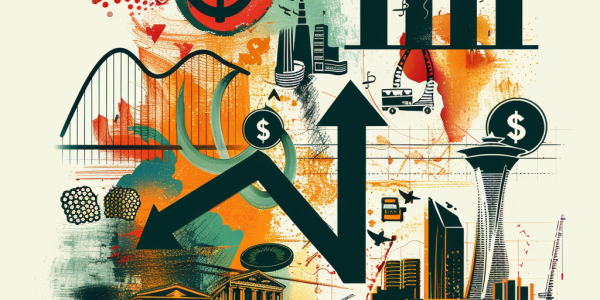Eurozone Inflation Declines in March, Setting Stage for Potential Rate Cut
Eurozone inflation dropped to 2.4% in March, potentially paving the way for a rate cut by the European Central Bank. Core inflation also decreased, while the US economy showed steady growth with inflation concerns. UK inflation eased less than expected, raising worries about persistent inflation pressures. Analysts are closely watching service inflation as an indicator of domestic price trends.
German Inflation Fall Raises Hopes for ECB Rate Cut
The recent fall in German inflation has raised hopes for a potential rate cut by the European Central Bank (ECB), with analysts speculating on the implications for financial markets and borrowing costs. The unexpected decline in inflation has led to growing anticipation for the central bank to introduce measures to boost inflation and economic momentum, amid concerns about slowing economic activity and global trade tensions. Market participants will closely monitor any announcements or signals from the ECB regarding its monetary policy stance in the coming months.
Household Responses to High Inflation: Consumption, Saving, and Income Strategies
Households have faced significant challenges due to high inflation triggered by supply bottlenecks and energy price surges. According to the ECB’s Consumer Expectations Survey, consumers have adjusted their consumption, savings, and income strategies in response to elevated prices. The data indicates that consumers have resorted to measures such as shopping around, trading down to lower quality products, and reducing quantities purchased. The findings shed light on how households have adapted their spending and saving behavior in the face of high inflation, providing valuable insights into consumer resilience and adaptation during challenging economic conditions.



